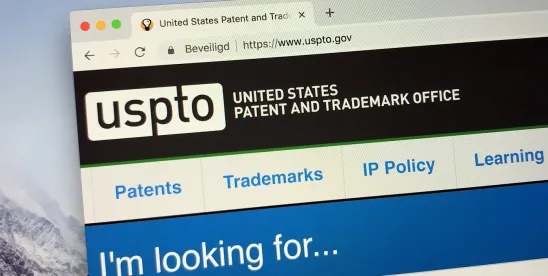Lynk Labs, Inc. v. Samsung Electronics Co., Ltd. concerns an appeal of a decision from the United States Patent and Trademark Office (USPTO) Patent Trial and Appeal Board (Board) that upheld the refusal of claims in a patent application filed by Lynk Labs, Inc. (the ’400 patent) in view of another application (the Martin application) that was filed before the ’400 patent’s filing date, but was published after the ’400 patent application’s filing date.
Those familiar with the patent application process will recognize that prior art can render a claim, or even an entire application, unpatentable. For those new to patenting, if the USPTO finds that an invention is public or if public information makes the new invention obvious, the patent claim will not be allowed. The Board had ruled that the Martin application, though published after the ’400 patent’s filing date and later abandoned, had an effective prior art date of its filing date. Lynk Labs argued that documents become prior art when they are published, and so the Martin application’s effective prior art date was its publication date, because it was not publicly accessible prior to that point.
The Decision
The Lynk Labs court agreed with the Board, noting that while typical documents, such as journal articles and the like, become prior art on their publication date, patent applications operate under a separate rule when determining prior art. Where printed publications such as journal articles are governed by section 102(a) and (b), patent applications are governed by section 102(e)(1), which notes that the patent application would serve as prior art if it were filed before the claimed invention. Accordingly, even if it were published and publicly accessible only after the filing of the claimed invention, it could still serve as prior art and be used to deny claims.
The Lynk Labs decision has marked consequences for clients with business before the USPTO. First, it underscores the importance of securing an early filing date, as even the most robust patentability search may not be able to find unpublished applications that may serve as prior art if there is delay. Second, the Lynx Labs decision opens opportunities for clients looking to secure and defend their intellectual property rights against potential infringers and competitors by affirming the wider scope of a patent application in being able to prevent others from claiming rights to the same invention. Ultimately, however, it makes clear that there is no safe harbor from others’ patent applications, and so entities are advised to secure early filing dates to protect their intellectual property.


 />i
/>i

